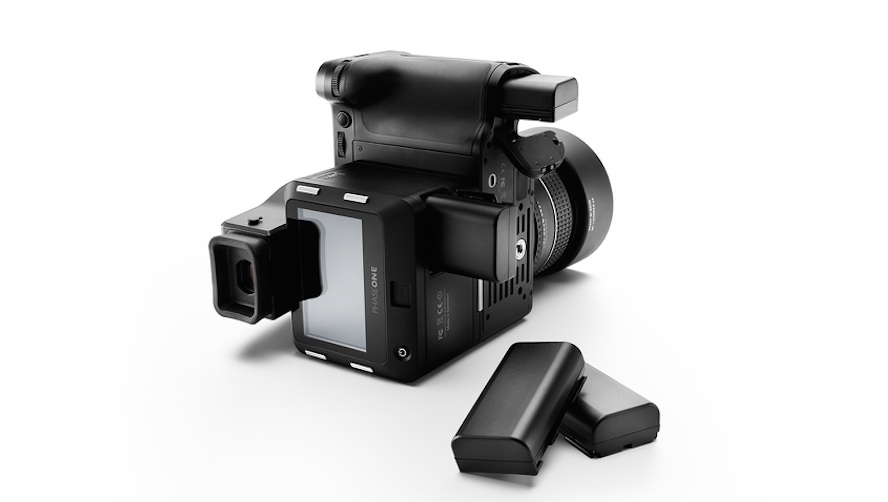Today Phase One and Digital Transitions are proud to announce the long awaited next generation camera body, the XF Camera System. This system has been in development for years and finally gives Phase One total control over the entire platform; lens, body and the new IQ3 (which give tighter integration to the XF). Continue reading to see what our top reason are on why you should love the new XF Camera System. Trust us, there is a lot.
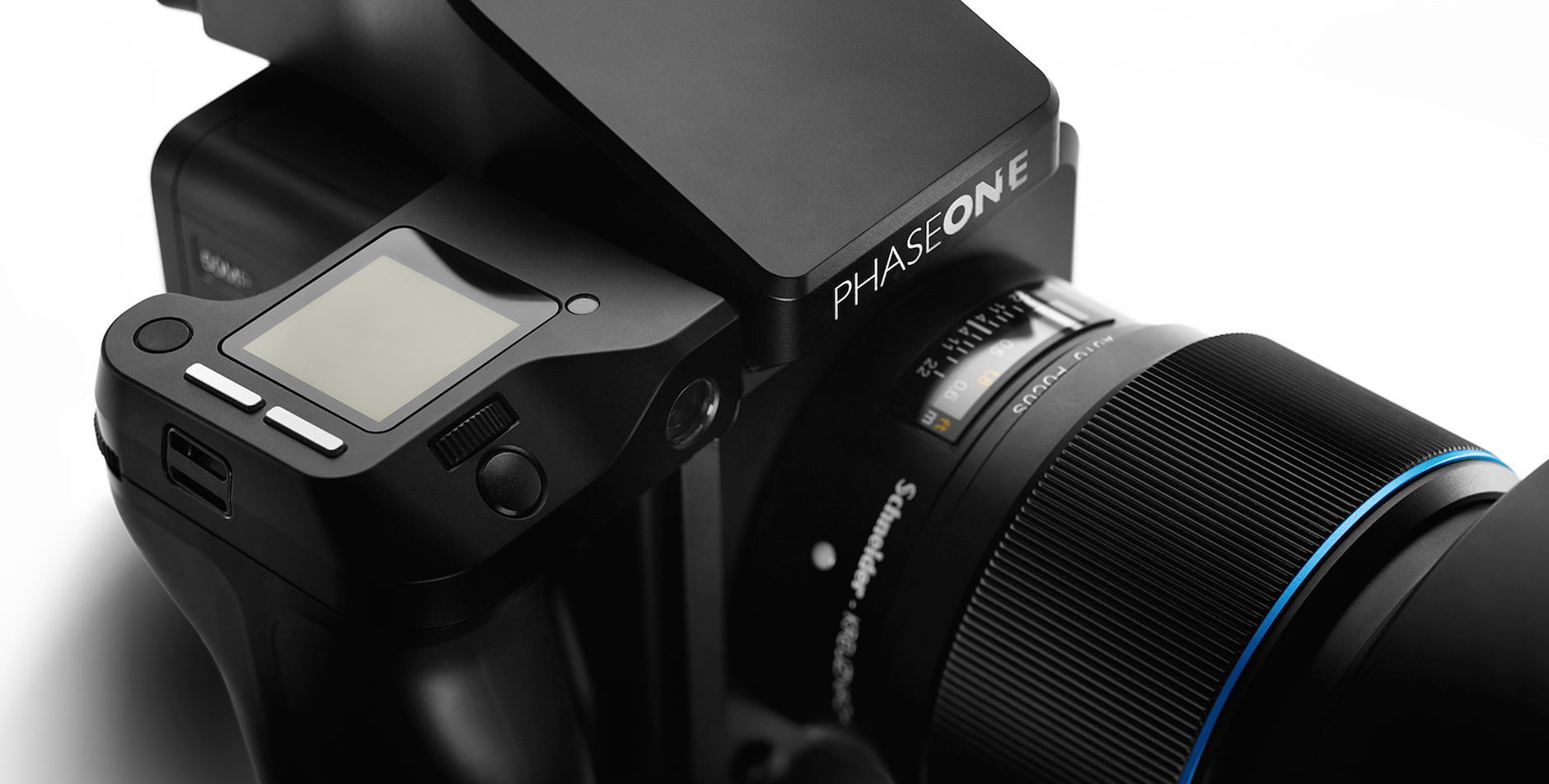
1. Revolutionary Autofocus System
The XF employs a radically new autofocus system built around a dedicated high-speed CMOS sensor rather than the contrast line detectors used in just about every dSLR ever made. The technical particulars are a bit complicated, so let’s just skip to the result: it’s very, very fast, and incredibly accurate. It is the best autofocus any medium format camera has ever had.
It can be used in two modes, one with a larger sample area and one with a smaller sample area. Both areas are shown in the viewfinder for easy understanding of what the camera is looking at when it is focusing. This is a welcome improvement to existing medium format focus systems where it can be unclear exactly what area the camera is using to focus.
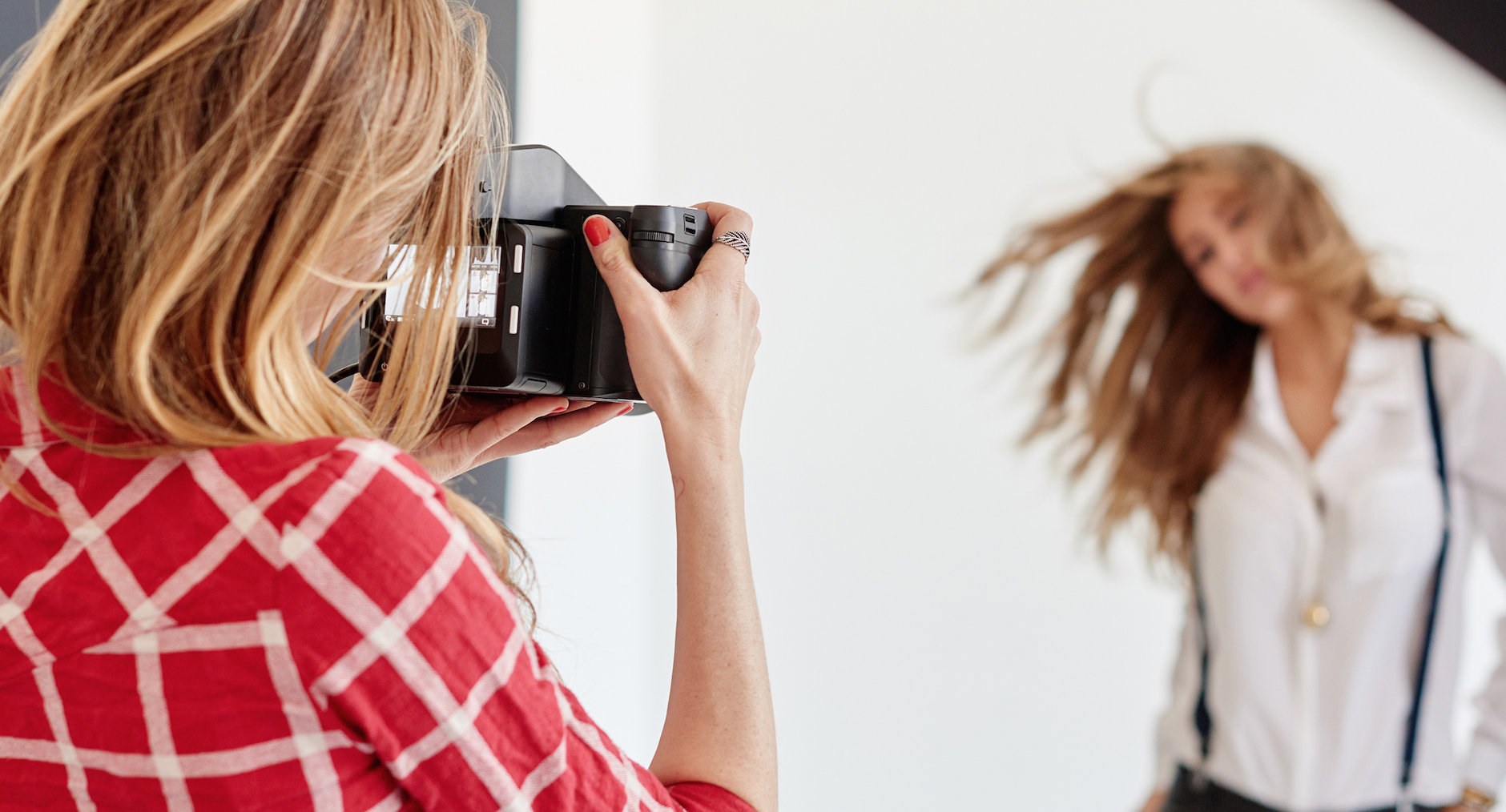
2. Profoto Integration
Who says Denmark and Sweden can’t get along? In fact, Phase One and Profoto have been working together for several years. Control of Profoto Flashes is already built into Capture One (it can even automatically turn up/down power based on changing lens aperture) and the vertical grip for the DF+ had a built-in Profoto Air transmitter which was wildly popular. How can it get any better?
The XF body takes the Profoto/Phase One relationship to the next level, as the Profoto Air transmitter is built directly into the body. No need for a separate transceiver. No need for a vertical grip. No need for a sync cable. The built-in sync will even work at 1/1600th.
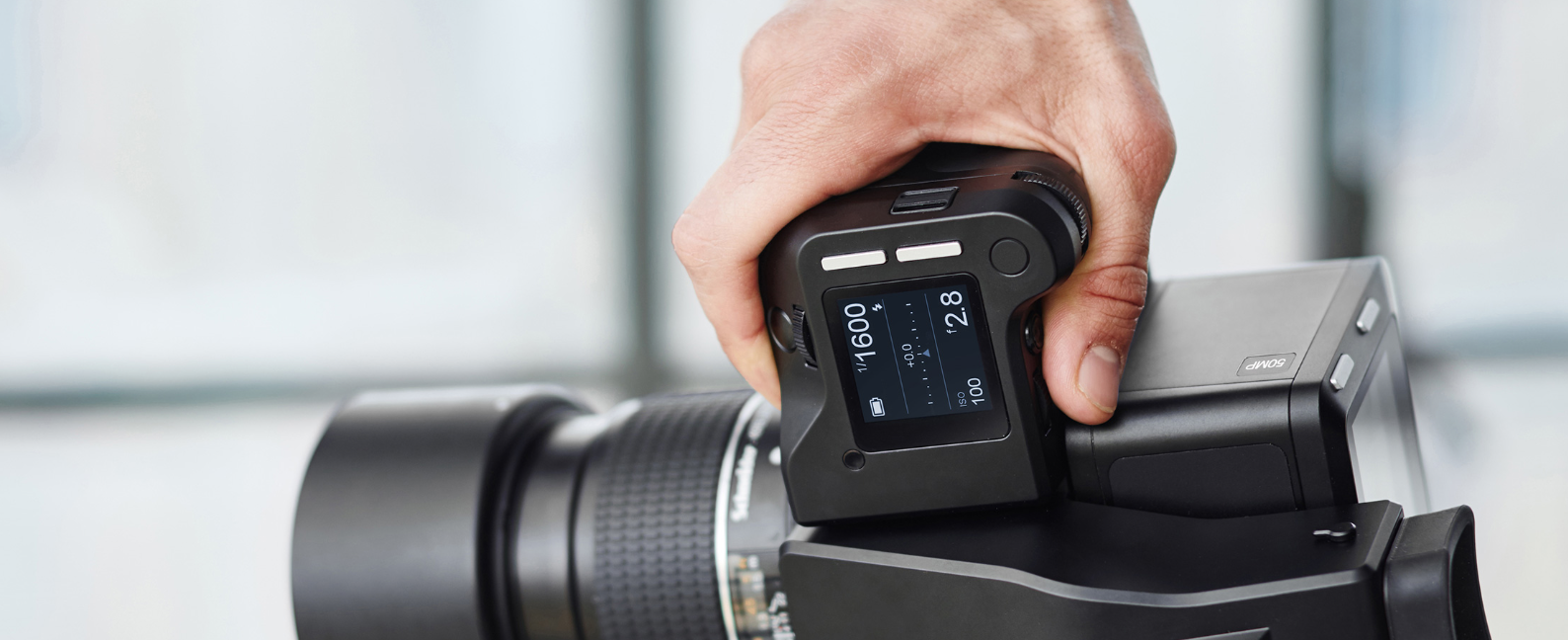
3. Easily Upgradeable Firmware
The firmware of the XF can be updated either via a CF card in an attached digital back, or a USB adapter that goes into the multi-function port of the body itself. This is great because the electronics of the XF are eminently upgradeable by firmware. Just like the Phase One IQ Series has gained tons of features via free firmware upgrade, we expect the XF to receive considerable new features and tools.
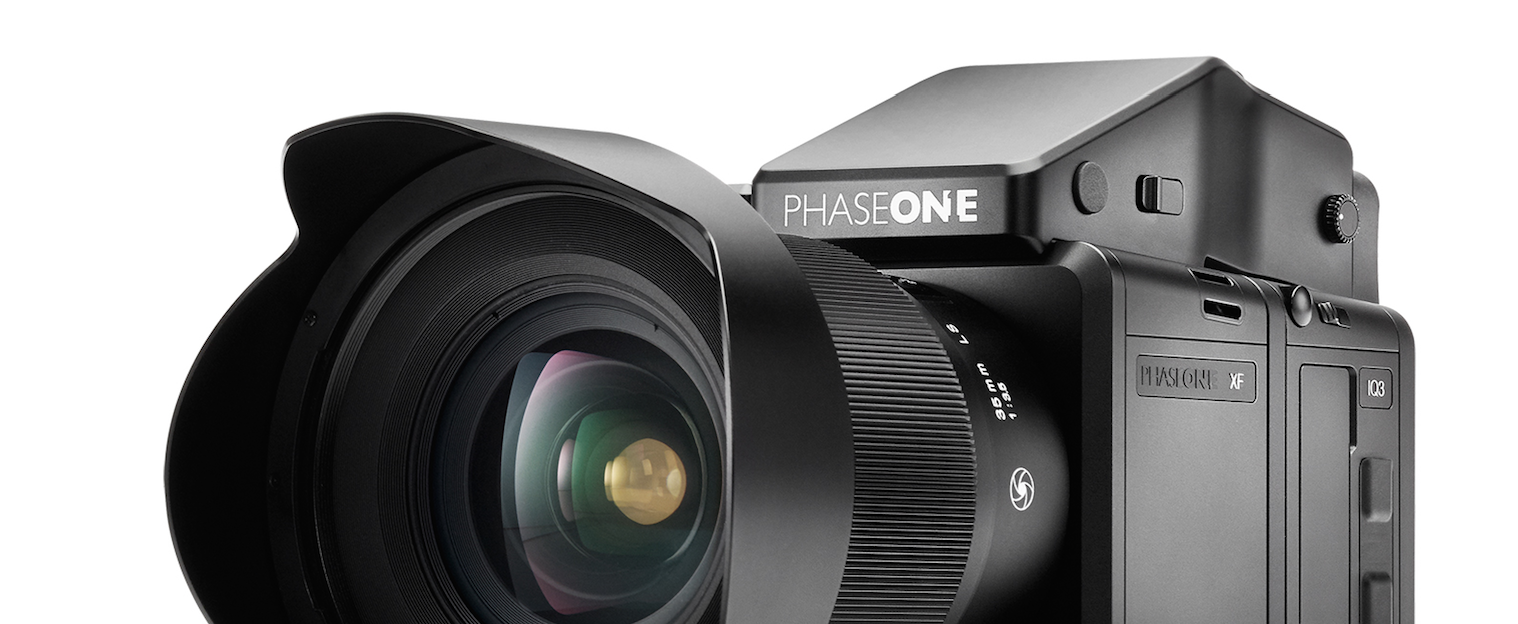
4. Brighter Mirror Viewfinder
In a world where many cameras are going to laggy electronic viewfinders to save space and cost, the XF goes the other direction. The optical viewfinder in the XF is big, beautiful, and crisp. Its brighter than the viewfinder in the DF+ and shows more clearly the area being used for autofocus. Moreover, the XF officially supports three different focus screens including the default Matte, Split, and Center prism; autofocus works equally well with all three, while the best metering comes from the matte screen.
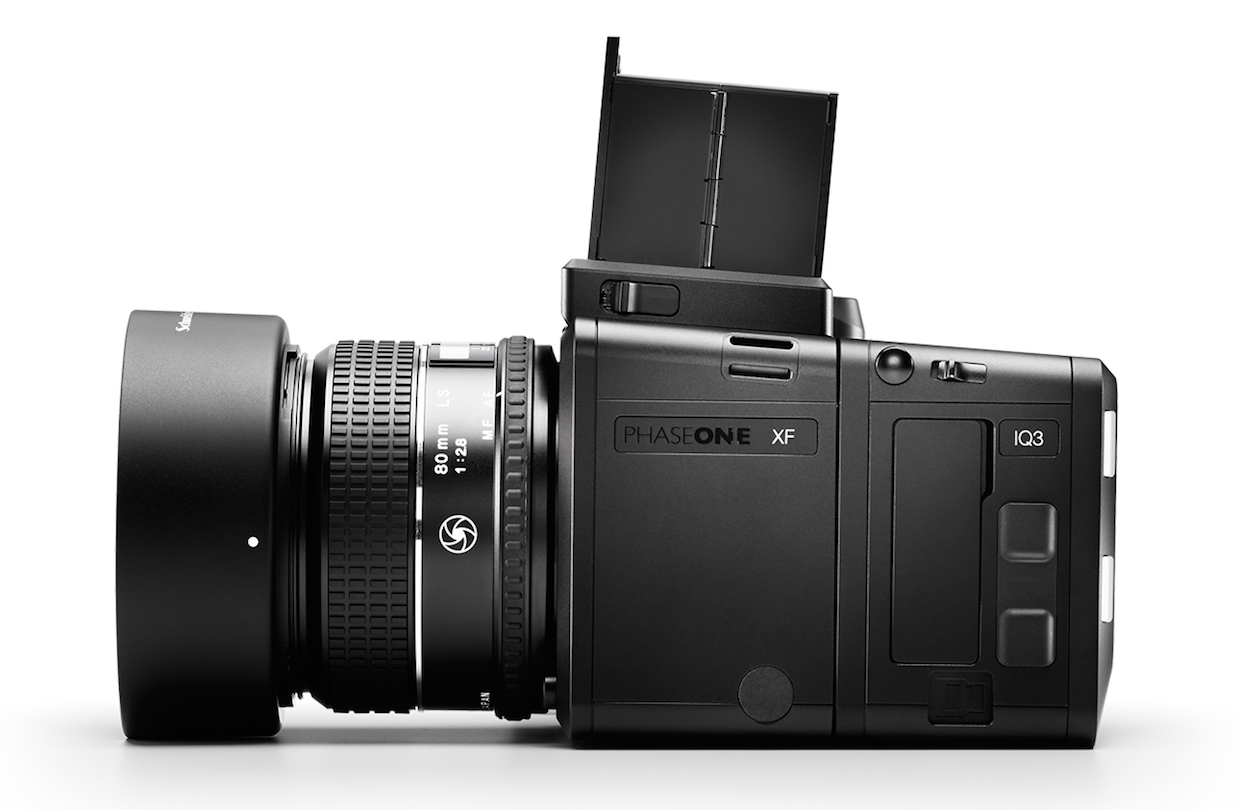
5. Optional Waist Level Viewfinder (with Metering & AF)
Shooting from a low angle? Want to interact with a model without a camera directly in front of your face? Looking for ways to lighten your pack? The optional Waist Level Viewfinder provides a classic look-down-through experience for focus and composition. It even provides autofocus and spot metering.
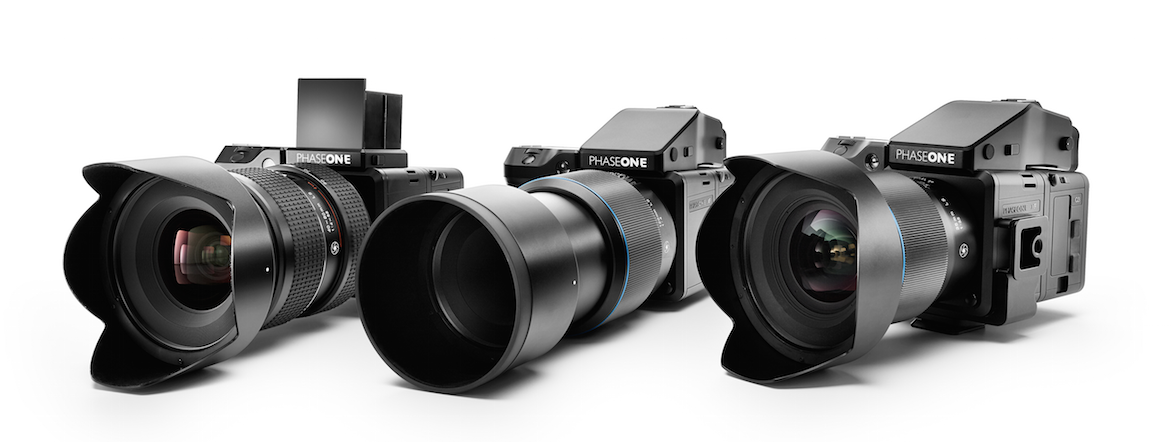
6. Automatic Hyperfocal Focusing
If you focus at infinity most of your depth of field is “behind infinity,” which is to say it is utterly wasted. In the days of film the DOF markings on the lens solved this problem, but with digital cameras those markings are no longer accurate. In the past we’ve seen everything from gaffer tape to sharpies used to mark the true digital hyperfocal point of lenses.
Well…you can throw that gaffe tape away (actually don’t – it’s the best thing in the world – you just won’t need it for this particular application anymore). With the XF you can set and easily return to the hyperfocal point of each lens with speed and accuracy.
7. Unified Power
The XF can share power with IQ3 series digital backs. This means battery power can be shared; if the back battery is low it can draw instead off the body or vice-versa. Moreover, when shooting tethered you can use FireWire or AC power to run both the back and the body; no need to change batteries in either.
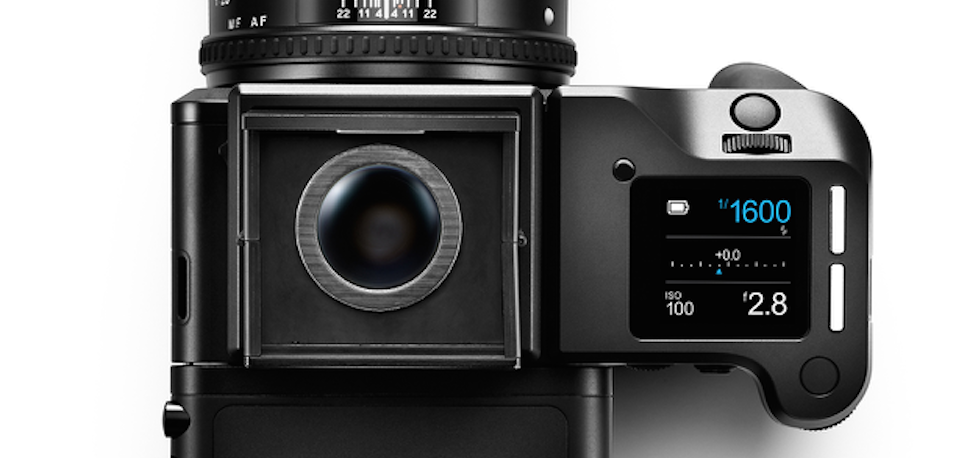
8. Intuitive Touch Screen Interface
If you’ve ever used a Phase One IQ or an iPhone you know how great an intuitive touchscreen interface can be. Learning the basic functionality of an XF is nearly instant, and working with more advanced features is easier than on any camera we’ve ever used.
For instance, if you’re using Auto ISO and Auto Shutter Speed with a manual Aperture you may wish to specify an upper ISO limit. This is possible on many modern camera systems, but almost always involves going at least three menus deep and half a dozen button pushes. On the XF it is one tap away; logically you simply touch on the ISO and use the dial to increase/decrease the maximum ISO. Want to change exposure metering modes? Simply tap on the icon showing you the current exposure metering mode and then tap the one you want to use instead.
This interface is also available on the digital back LCD, which is easier to see and use if the camera is mounted up high, or for users that need reading glasses to see the smaller camera LCD. Every function and setting of the XF body, including MUP and capture, is available via this digital back interface.
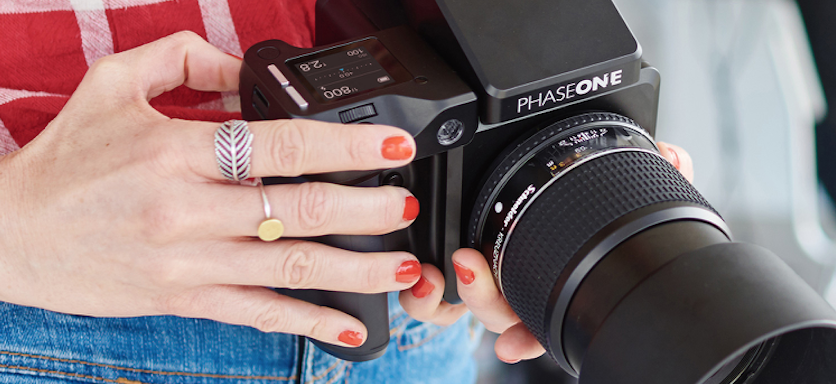
9. Three Physical Dials for Direct Access to Shutter, Aperture & ISO
There are three points in the Exposure Triangle, so why do most cameras only have two hard dials that relegate ISO to a menu item or two-button operation? On the XF there are three hard dials, and by default they control shutter, aperture, and ISO.
Rarely change ISO? Since every button and dial is customizable you can assign the third dial to be exposure compensation, mode change, or to browse through images on the digital back LCD. You can even set the function of a dial to change when the parameter it controls is set to Auto, or disable the dial entirely if you prefer to stick to two.
10. Infinitely Customizable
There is not a single labeled button on the XF. For good reason. Other than the shutter release, every hard button can be customized. You can assign any button to autofocus, start/stop live view, put up the mirror, set the current manual exposure based on an automatic metering, DOF Preview, or AF lock.
You can set all the hard buttons to Autofocus. In the words of Homer Simpson “I want an [Autofocus button] here, here and here. You can never find an [autofocus button] when you’re mad”. (http://www.iheartquotes.com/fortune/show/i_want_a_horn_here_here_and_here)
11. Easily Lockable Dials
Having immediate access to all of your exposure parameters is great. But many photographers are using their camera at a specific exposure for hours at a time (e.g. in-studio catalog work). From the home screen simply swipe left and tap to lock the Touch Screen or Dials.
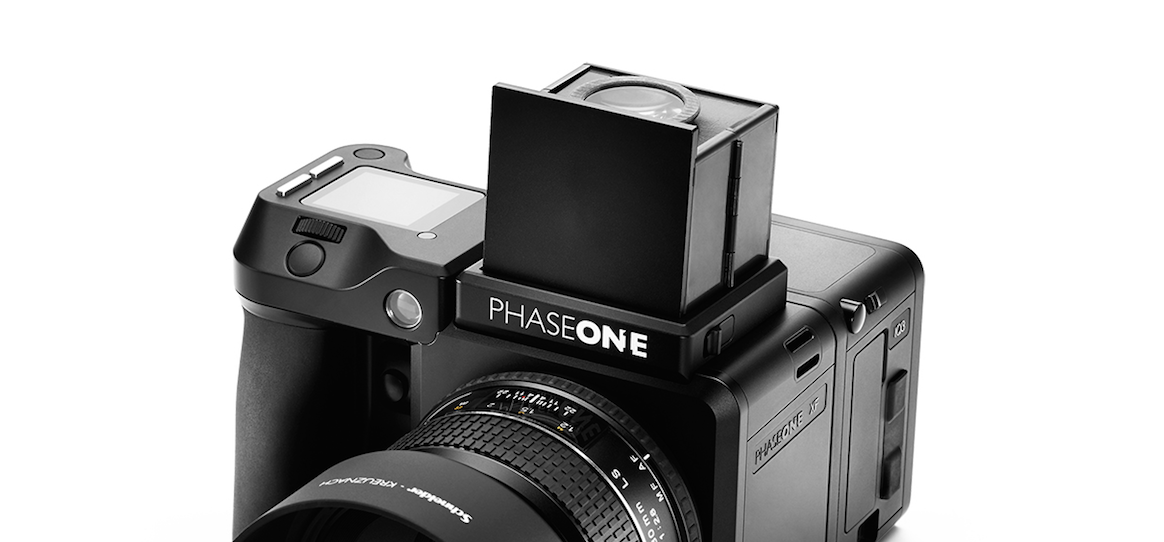
12. 5-Year Warranty – Including Loaner
The back, body, and any lens purchased in an XF kit is covered by a 5-year warranty. This warranty includes a loaner in case repair or service is needed. That’s a strong guarantee and a strong statement on how long Phase One expects this system to last.
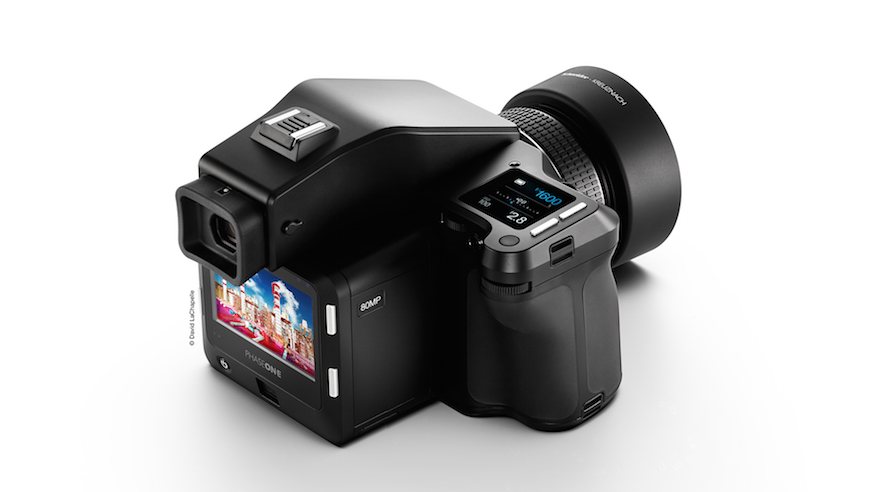
13. Backwards Compatible
The XF is compatible with every Phase One back released since 2010. That includes every IQ1 and IQ2 back; that’s a dozen models in all.
14. Mirror Up Done Right
Too many camera bodies lack a fast and easy way to put up the mirror. The XF provides seven different ways to put up the mirror:
-
Push the MUP icon on the home screen
-
Assign MUP to one of the hard buttons
-
Push the MUP icon on the digital back LCD (IQ2/IQ3 only)
-
Push the MUP icon in Capture One
-
Use Seismograph mode, which puts the mirror and FP shutter up
-
Enter Live View via a hard button on the body
-
Enter Live View via the icon on the digital back
Once the mirror is up it remains up until you put it down. It also remains up automatically between exposures.
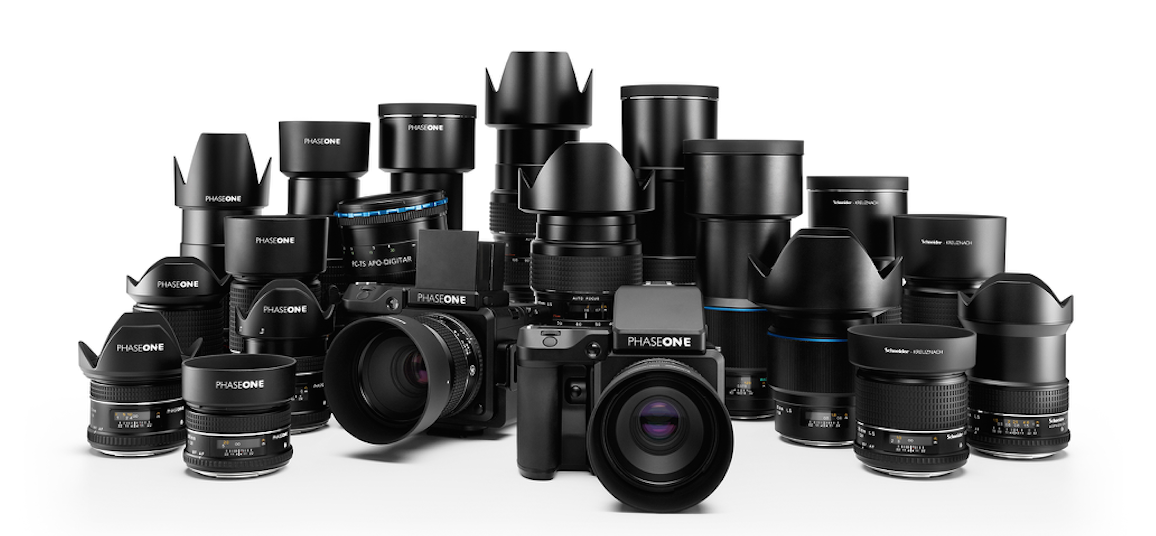
15. Focus Calibration Per Lens
The DF+ provided an overall focus fine-tune which applies to all lenses equally. The XF takes this one step further by providing focus fine-tuning that is independently saveable for each lens model. With the hyper precision of the XF it is important to make sure lens calibration is perfect, but thankfully the XF makes that very easy to do.
For the most recent blue-ring lenses the focus calibration is specific to the lens (by serial number).
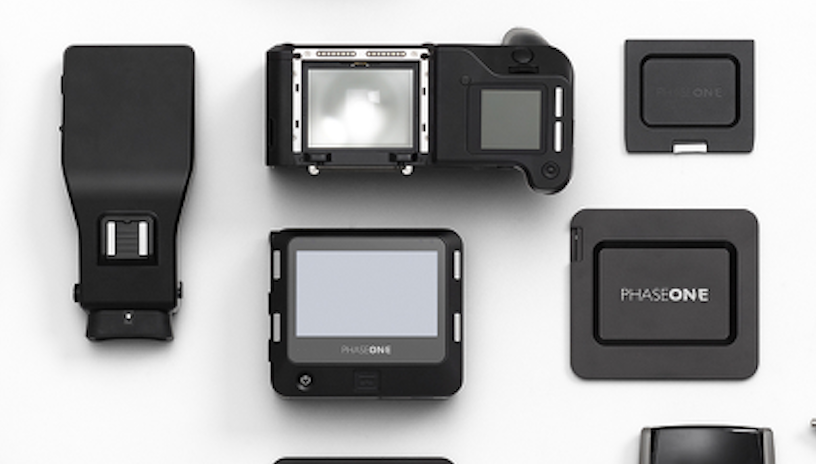
16. Better Body Plates & Caps
Gone are the days of plastic body caps. The XF ships with anodized metal caps for the front and back of the body, as well as for the viewfinder and the ground glass.
It’s a small touch… until you feel one. They are solid, professional feeling caps that give you every confidence in the build of the overall system.
17. 6 Axis Gyro & Accelerometer System
Currently used for Seismograph mode only, this high-precision hardware has all sorts of potential. Phase One has great ideas of how they might use that component, some of which you might guess and some of which you’d never dream of.
The Seismograph mode shouldn’t be overlooked. Rather than using a fixed delay (e.g. MUP + a 3” self timer) it puts the mirror and focal plane shutter up and monitors the seismographic readout of vibration until it sees that vibration has cessated, and then fires the leaf shutter.


